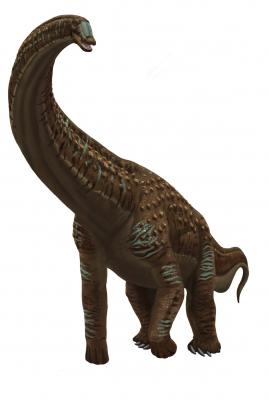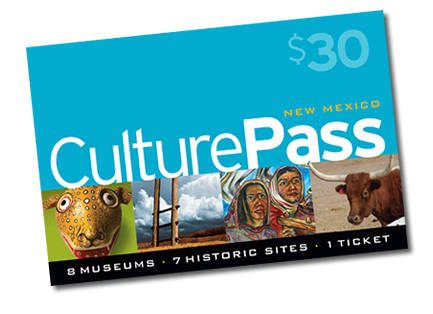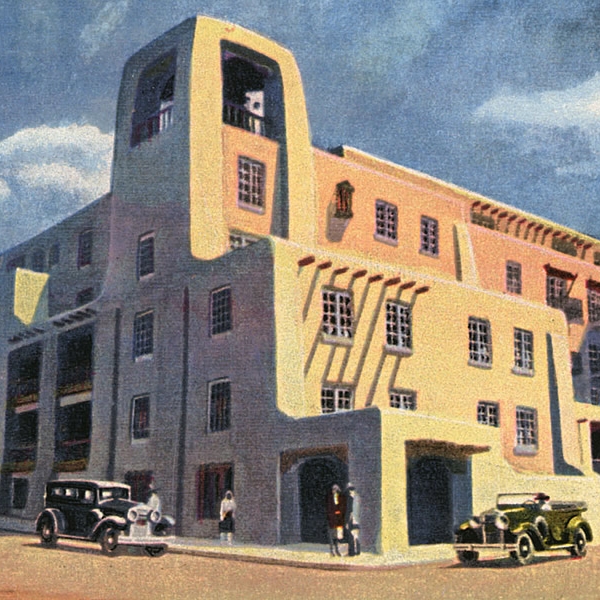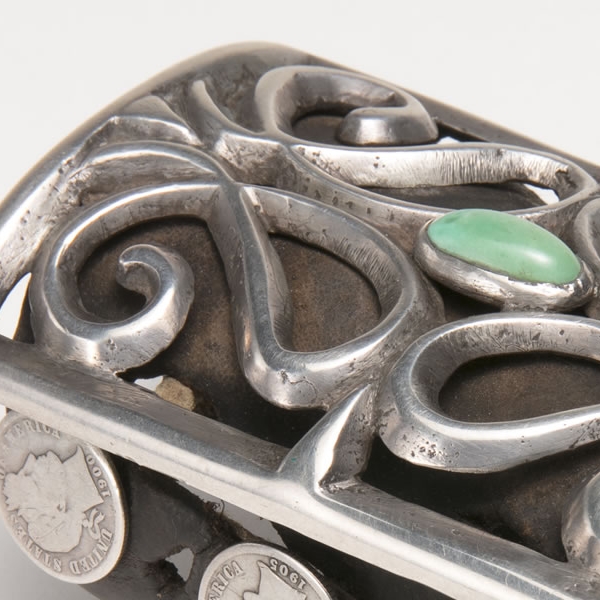Newest fossil display at NM Museum of Natural History & Science has deep ties to the Land of Enchantment
February 20th, 2023
Albuquerque, NM – The empty case near the front of the New Mexico Museum of Natural History & Science’s (NMMNHS) Cretaceous Hall will soon showcase fossils from one of the largest dinosaurs to ever set foot in what is now New Mexico.
At the beginning of March, bones and teeth of a massive sauropod dinosaur known as Alamosaurus sanjuanensis will be added to Cretaceous Hall’s offerings. Visitors will have the chance to observe real fossil material of this animal, while getting to learn about how this iconic massive herbivore was discovered in New Mexico more than a century ago.
“As someone who has spent his career studying Cretaceous-era dinosaurs, I know how special specimens like these are to any museum’s collection,” said NMMNHS Executive Director Dr. Anthony Fiorillo. “And given this particular dinosaur’s deep ties to our state and region, it’s hard to imagine a more perfect fit.”
New Mexico’s history with Alamosaurus dates to 1921, when coal geologist John B. Reeside, Jr. came across a massive fossil in the badlands near Ojo Alamo south of Farmington. A Smithsonian paleontologist confirmed that the fossil belonged to a new dinosaur, which lived later in the Cretaceous period than any sauropod discovered in North America, about 70 to 66 million years ago. The new dinosaur was named Alamosaurus sanjuanensis after Ojo Alamo and the San Juan Basin.
Estimated to have been about 30 meters long and weighing up to 80 tons, Alamosaurus was a titanosaur, a kind of sauropod dinosaur found mostly in South America. Like other titanosaurs, including the well-known Brachiosaurus, Alamosaurus had tall, pillar-like legs, a long neck and tail, a massive body, and a surprisingly small head. All the plants that Alamosaurus ate were sliced by rows of small, cylinder-shaped teeth and passed through a relatively small mouth to the dinosaur’s gut. Thus, such a gigantic plant-eater needed to eat most of its waking hours, and its diet focused on the most nutritious plants of its day: conifers and cycads.
The discovery of Alamosaurus led to several breakthroughs in the scientific understanding how this unique family of dinosaurs lived in what’s now North America. Sauropod dinosaurs went extinct on the continent about 100 million years ago, before reappearing almost 30 million years later. Because of this discovery, researchers now know that sauropods lived in this area until the extinction event at the end of the Cretaceous. Moreover, this reemergence suggests that these massive dinosaurs likely migrated from what’s now South America and Africa, showing the ancient connection between New Mexico and these southern continents.
To learn more about the largest dinosaur that lived in New Mexico at the end of the Cretaceous Period, head to NMMNHS’s Cretaceous Hall starting on Wednesday, March. 1. Museum tickets are available for purchase at the Museum’s front desk and online at nmnaturalhistory.org.
About the New Mexico Museum of Natural History and Science The New Mexico Museum of Natural History and Science is a division of the Department of Cultural Affairs, under the leadership of the Board of Trustees of the New Mexico Museum of Natural History & Science. Programs and exhibits are generously supported by the New Mexico Museum of Natural History Foundation, through the generous support of donors. Established in 1986, the mission of the New Mexico Museum of Natural History & Science is to preserve and interpret the distinctive natural and scientific heritage of our state through extraordinary collections, research, exhibits, and programs designed to ignite a passion for lifelong learning. The NMMNHS offers exhibitions, programs, and workshops in Geoscience, including Paleontology and Mineralogy, Bioscience, and Space Science. It is the Southwest’s largest repository for fossils and includes a Planetarium and the large format 3D Verus Research DynaTheater.
# # #

A rendering of Alamosaurus sanjuanensis
New Mexico CulturePass
Your ticket to New Mexico's exceptional Museums and Historic Sites.
From Indian treasures to space exploration, world-class folk art to awesome dinosaurs—our museums and monuments celebrate the essence of New Mexico every day.
More Info »


Encounter Culture
Take a look inside the museums and historic sites of New Mexico without leaving home. Join host Charlotte Jusinski, and a variety of guest curators, artists, and exhibitors in exploring the art and culture of the state in Encounter Culture, a new podcast from the New Mexico Department of Cultural Affairs.



Featured DCA Exhibitions

The Santos of New Mexico
As part of our Highlights from the Collection: The Larry and Alyce Frank Collection of Santos (saints), in the Palace
more »

Setting the Standard: The Fred Harvey Company and Its Legacy
Setting the Standard: The Fred Harvey Company and Its Legacy, in the New Mexico History Museum’s main exhibit,
more »

Here, Now and Always
The Museum of Indian Arts and Culture invites you to visit its brand new permanent exhibition, Here, Now and Always,
more »

18 Miles and That’s As Far As It Got: The Lamy Branch of the Atchison, Topeka and Santa Fe Railroad
Enjoy a captivating flashback as the New Mexico History Museum presents "18 Miles and That’s As Far As It Got:
more »
